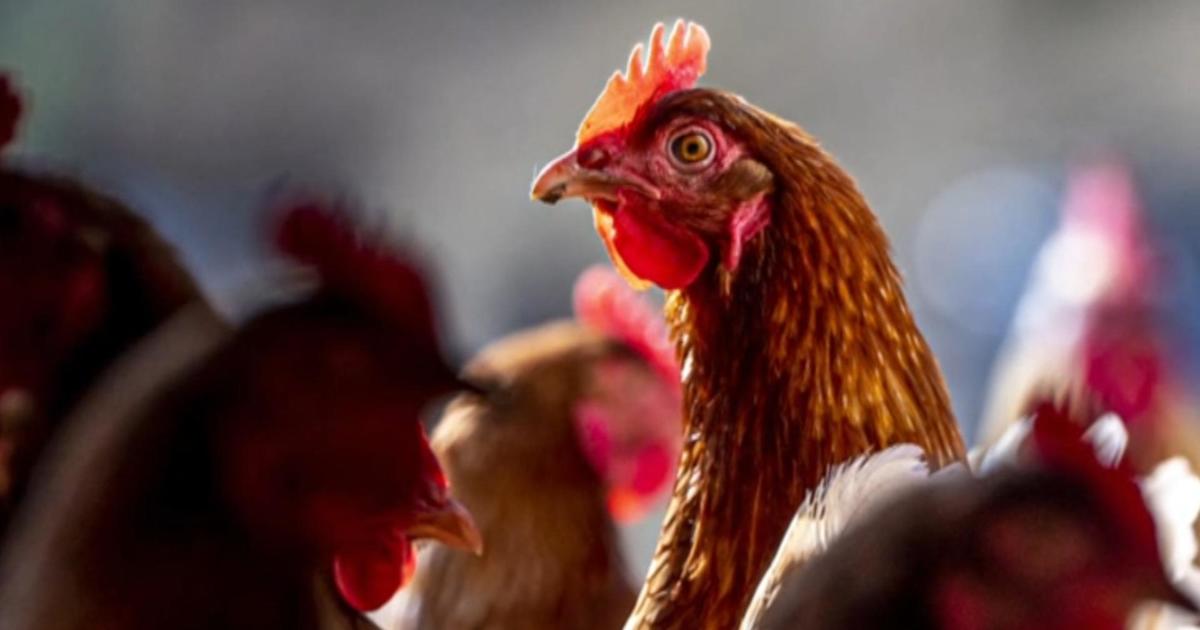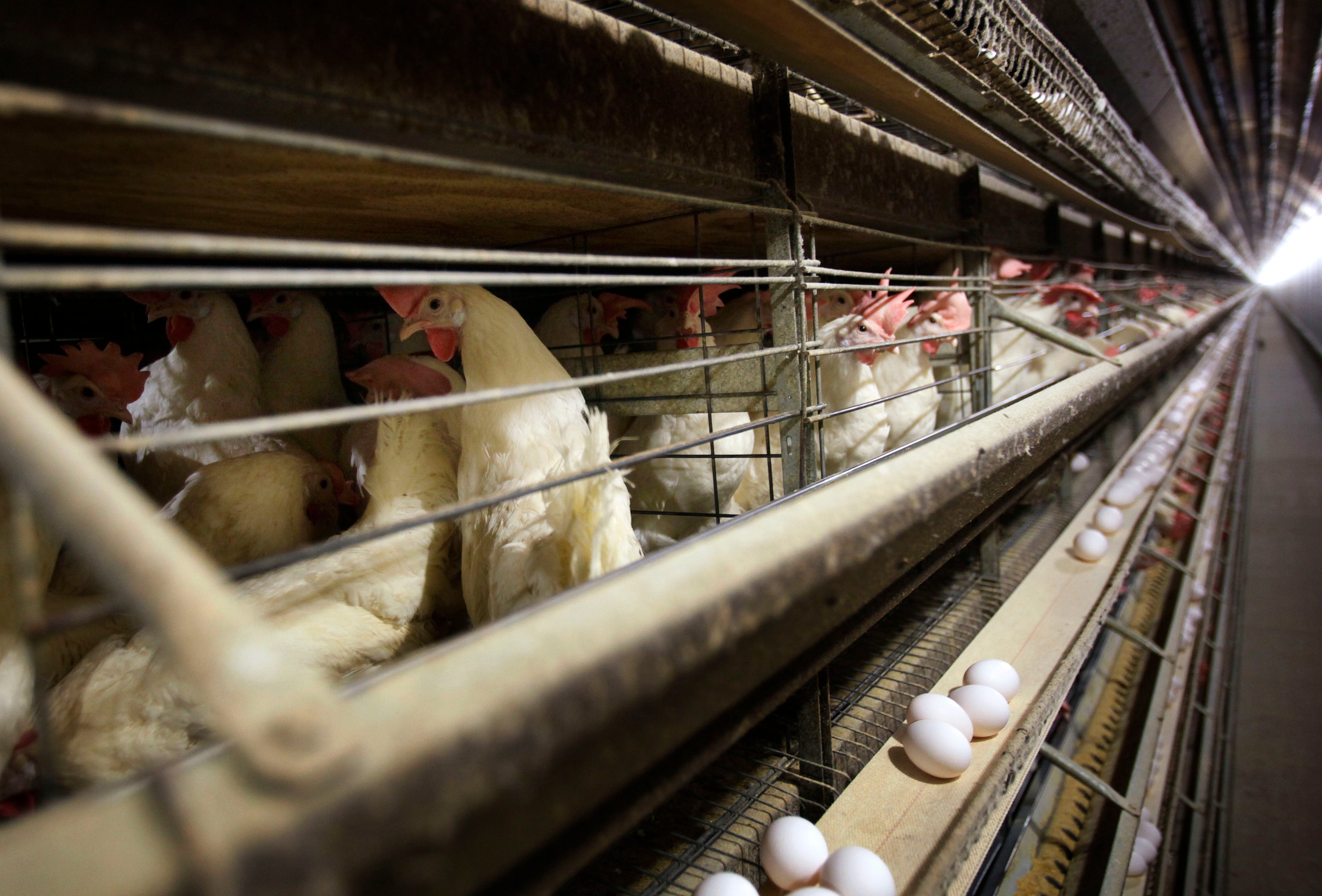Colorado Bird Flu Outbreak

Colorado bird flu – The avian influenza, commonly known as bird flu, has been detected in Colorado, affecting poultry farms and raising concerns among the poultry industry and public health officials. As of [date], [number] cases of bird flu have been confirmed in [list of affected areas].
Economic Impact
The outbreak has had a significant economic impact on the poultry industry in Colorado. Several farms have been quarantined, leading to the culling of infected birds and the disruption of the supply chain. This has resulted in a decrease in the availability of poultry products, driving up prices and affecting consumers.
Amidst the concerning outbreak of bird flu in Colorado, the recent controversy surrounding Delta Airlines’ decision to remove a Palestinian flag from a customer’s luggage has sparked outrage among some. Delta Airlines’ stance on the issue has raised questions about the company’s stance on freedom of expression and the rights of individuals to display their cultural identity.
Meanwhile, the bird flu outbreak continues to raise concerns about the potential impact on the poultry industry and public health.
Public Health Risks, Colorado bird flu
While the risk of bird flu transmission to humans is low, it is not entirely eliminated. People who come into close contact with infected birds or their bodily fluids, such as poultry workers or veterinarians, are at an increased risk of infection. Proper hygiene and protective measures, including wearing masks and gloves, are essential to minimize the risk of transmission.
Amidst the recent outbreak of bird flu in Colorado, the state’s poultry industry has been hit hard, with millions of birds being culled to prevent further spread. As concerns mount over the economic impact, it’s worth noting that Ohio’s JD Vance, a prominent figure in the Republican Party, has a substantial net worth estimated in the millions.
While the bird flu outbreak remains a pressing issue for Colorado, it’s essential to stay informed about the financial implications for those affected.
Avian Influenza Virus

The avian influenza virus, commonly known as bird flu, is a highly contagious viral infection that affects birds. It belongs to the Orthomyxoviridae family and can cause a wide range of symptoms, from mild respiratory issues to severe and fatal disease.
Strains and Symptoms
There are multiple strains of the avian influenza virus, with some being more virulent than others. The most common strain is H5N1, which has caused significant outbreaks in poultry and wild birds worldwide. Symptoms of avian influenza in birds can vary depending on the strain and the species of bird infected, but may include respiratory distress, coughing, sneezing, diarrhea, and decreased appetite.
Transmission
The avian influenza virus can be transmitted through direct contact with infected birds or their bodily fluids, as well as through contact with contaminated surfaces or objects. The virus can also be transmitted through airborne droplets when infected birds cough or sneeze. Wild birds, particularly waterfowl and shorebirds, are natural reservoirs for the virus and can spread it to other birds and poultry through their droppings or contact with contaminated water.
Susceptibility and Zoonotic Potential
Different bird species vary in their susceptibility to avian influenza virus. Poultry, such as chickens, turkeys, and ducks, are highly susceptible and can develop severe disease. Wild birds, especially waterfowl, may carry the virus without showing symptoms. The virus can also be transmitted to humans, known as zoonotic transmission, although this is relatively rare. Human infections with avian influenza virus typically occur through direct contact with infected birds or their bodily fluids, or through contact with contaminated surfaces or objects.
Prevention and Control Measures: Colorado Bird Flu

To mitigate the spread of bird flu, implementing stringent preventive measures is crucial. These measures encompass biosecurity practices, vaccination, surveillance, quarantine, movement restrictions, and culling. The collaboration and effective communication among stakeholders are also essential for successful outbreak management.
Biosecurity Practices
Poultry owners should adhere to strict biosecurity measures to minimize the risk of infection. These measures include:
- Restricting access to poultry areas to authorized personnel only.
- Using dedicated footwear and clothing when handling poultry.
- Thoroughly cleaning and disinfecting equipment, vehicles, and facilities.
- Preventing contact between poultry and wild birds.
- Implementing rodent and pest control measures.
Vaccination
Vaccination can help protect poultry from bird flu. However, the effectiveness of vaccination depends on factors such as the strain of the virus, the age of the birds, and the vaccination protocol. Poultry owners should consult with veterinarians to determine the appropriate vaccination strategy for their flocks.
Surveillance
Early detection of bird flu outbreaks is critical for effective control. Surveillance programs involve monitoring poultry flocks for signs of disease and collecting samples for laboratory testing. Rapid reporting of suspected cases to veterinary authorities is essential for prompt response and containment measures.
Government and Organizational Roles
Government agencies and organizations play a vital role in implementing control measures during bird flu outbreaks. These measures include:
- Declaring quarantine zones to restrict the movement of poultry and poultry products.
- Enforcing movement restrictions to prevent the spread of the virus.
- Conducting culling operations to eliminate infected flocks and prevent further transmission.
- Providing financial assistance to affected poultry farmers.
- Educating the public about bird flu and preventive measures.
Collaboration and Communication
Effective management of bird flu outbreaks requires collaboration and communication among stakeholders. This includes poultry owners, veterinarians, government agencies, and the public. Sharing information about the outbreak, implementing control measures, and educating the public are essential for preventing the spread of the disease and minimizing its impact.